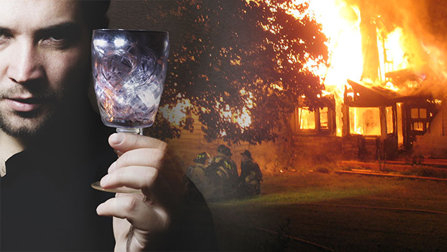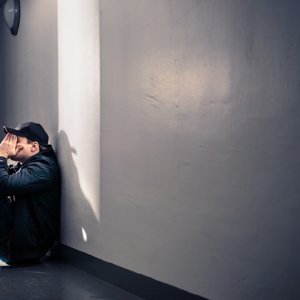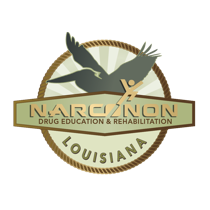Tragedy Leads to Addiction

Drugs are common in our society and many of them change the perception an individual has about his own situation. Psychiatric drugs are prescribed by a doctor and are specifically meant to be taken to make a person’s emotional situation different than it is naturally. Recreational drugs are taken for the same reason. In short, to escape.
Things can happen to a person through the course of their life which may make them more susceptible to a drug addiction. Anything that might make a person feel more inclined to escape their own emotions could potentially lead to a substance-dependence situation. Often, people lean on a substance in the wake of a loss; a divorce, loss of a family member or loved one or even loss of status such as a demotion or failure to get a promotion one rightly deserved.
Hurricane Harvey recently touched down affecting both Texas and Louisiana causing devastating damage. When you consider the aerial photographs of residential areas submerged in muddy water, it doesn’t take a huge stretch of the imagination to understand each dwelling represents a family who potentially lost everything they owned and had accumulated through the years.
A loss of that magnitude can undermine a person and cause them to search for solutions to their emotional grief and helplessness. Not every solution is healthy. Keep in mind there were some who already needed treatment for substance-abuse issues who were also negatively affected by the hurricane. People, for example, who rely on daily doses of methadone to function are now in trouble because they are unable to get their doses. Just another example of a bad situation made worse by unanticipated difficulties. There is hope out there for those who are struggling with drug addiction. To learn what you can do call us or


